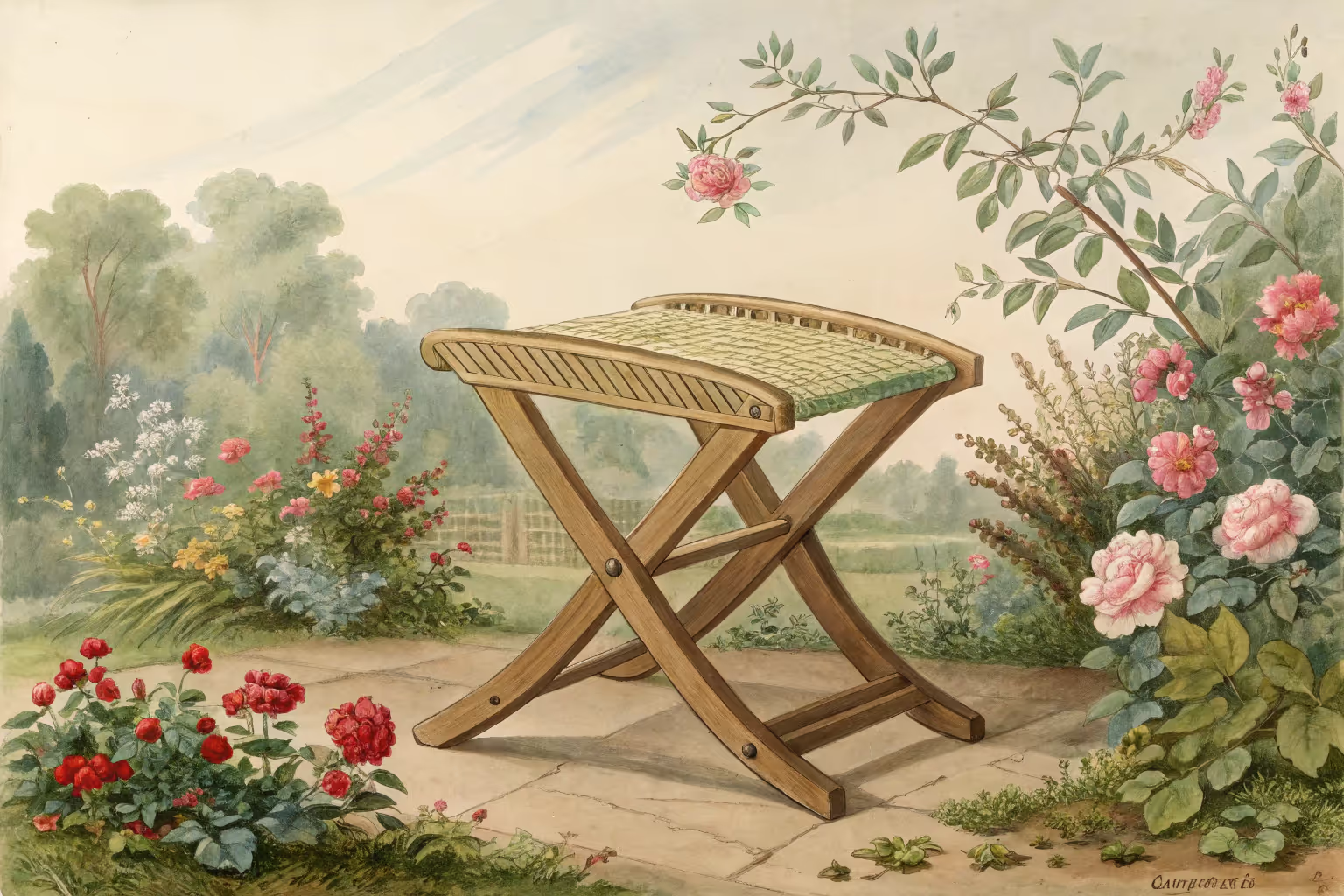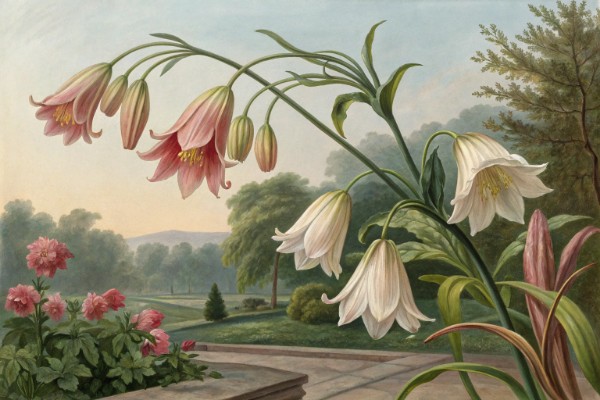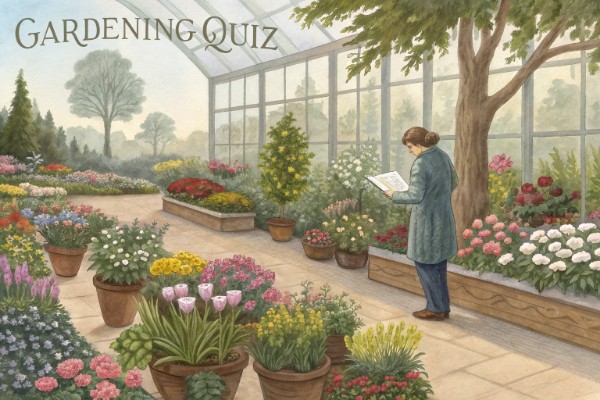Gardening Stools: What You Need for Comfort and Ease

gardening stool
A quality gardening stool saves your knees, steadies your posture, and speeds up every backyard chore. Before planting a single bulb or wrestling weeds, choose a gardening stool that's lightweight yet tough, featuring adjustable heights and handy tool storage. Read on to find the one gardening stool that'll turn long hours trimming roses into an easy afternoon sipping rosé.
Cheatsheet: Sit Smart & Garden Longer
🌱 Ergonomics First
- Height: Seat height 16–24 in (40–60 cm) fits most adults.
- Support: Curved, padded seat prevents back/hip pain. 86% users report less fatigue.
- Mobility: Wheels allow easy movement for raised beds, flat legs for uneven ground.
🪑 Materials Matter
- Frame: Sturdy aluminum or powder-coated steel resists rust.
- Seat: Memory foam or gel-padded best for long sessions.
- Weight limit: Confirm at least 250 lbs / 113 kg.
🎒 Storage & Portability
- Foldable: Easy to store, transport. Check locking hinges.
- Pockets: Tool pouches keep gloves, pruners close.
- Handles: Wide grip aids with standing up safely.
🛠️ Tools and Products You'll Need
- Gardening stool (see specs above)
- Cushion or kneeler (add for sensitive knees)
- Gloves & hand tools (store in stool pouches)
- Water bottle (hydration = stamina)
💪 Health Benefits
- Protect joints: Less knee/back stress means lower risk of injury.
- Prolong gardening: Users sit 38% longer vs. standing or kneeling alone.
- Independence: Safer for seniors, mobility-limited gardeners.
🔎 Quick Steps
- Measure preferred chair height; match stool specs.
- Check seat for firmness and comfort.
- Test stool on multiple surfaces for stability.
- Stock with gloves, pruners, bottle, phone.
- Sit, adjust posture, start gardening—longer and pain-free.
Comfort first: why the right gardening stool changes everything
I ruined a planting season by ignoring my knees, then I tried a low stool and my weeding time doubled without a groan. Comfort buys stamina, which buys better beds and cleaner lines.
CDC: About 1 in 4 U.S. adults live with arthritis. WHO: Low back pain remains the leading cause of disability worldwide.
A stool reduces deep knee flexion and keeps your spine nearer neutral, which cuts strain on discs and patellofemoral cartilage. Aim for a knee angle around 90 to 110 degrees and a seat that lets you hinge at the hips, not round your back.
Fit matters: three measurements before you buy
1) Seat height
For ground work, most gardeners land between 12 and 18 inches high, or 30 to 46 cm. Taller beds or taller bodies do better near 18 to 22 inches, or 46 to 56 cm.
Quick rule I use: seat height around one third of inseam for ground beds, and halfway for raised beds above 24 inches, or 61 cm.
2) Seat pan and padding
A 10 to 14 inch, or 25 to 36 cm, seat distributes pressure without digging into your thighs. Closed-cell EVA foam shrugs off wet soil, while marine-grade vinyl cushions long sessions and wipes clean.
Contoured seats keep your center of gravity planted during sideways reach. A slight forward tilt, 5 to 8 degrees, encourages hip hinge and spares the low back.
3) Footprint and stability
On fixed stools, look for a base wider than half the seat height for stability on uneven ground. On wheeled stools, a wheelbase near seat height in width resists tipping when you twist to grab pruners.
Big turf tires, 8 to 10 inches or 20 to 25 cm, roll over roots and gravel with less rutting. Locking wheels help when you lean into a shrub and the cart wants to skate away.
Types of gardening stool, explained fast
- Fixed low stool: simple, stable, 12 to 16 inches or 30 to 41 cm high, great for hand weeding and edging.
- Folding kneeler-stool combo: flips from bench to padded kneeler with side handles that act like parallel bars when standing up.
- Rolling scooter: height adjustable, sometimes with a swivel seat, for long rows and raised beds.
- Bucket stool with storage: a seat lid over a 5 gallon bucket, tidy and portable for small patios.
- Swivel mechanic’s seat: fantastic in garages and flat patios, less happy on lumpy lawns.
- Heavy-duty garden cart seat: steel frame, big pneumatic tires, built for orchard rows and allotments.
Features that actually help
- Adjustable height: dial in a neutral back angle across different beds and tasks.
- Swivel with friction control: rotate to prune without twisting your lumbar spine, but avoid free-spinning seats on slopes.
- Closed-cell padding: EVA or NBR foam resists water and does not compress to nothing by August.
- Wheel choice: pneumatic for lawns and gravel, semi-soft urethane for hardscape, 2 to 2.5 inches or 5 to 6.5 cm wide to spread load.
- Tool caddies: side holsters prevent the dreaded reach-and-tip move.
- Weight rating: look for 300 pounds or 136 kg minimum on rolling models for a margin of safety with tools on board.
- Corrosion resistance: powder-coated steel or anodized aluminum, stainless hardware, and drain holes under cushions.
Ergonomics and technique the pros actually use
Keep your ribs stacked over your hips and hinge, then move the stool instead of corkscrewing your spine. I set a timer for 20 minutes, then stand, shake out, and switch sides to balance hip rotation.
On slopes, park the stool perpendicular to the fall line and keep the uphill foot slightly forward. Wet turf needs wider tires or no wheels at all.
Soil and bed health with stools and carts
Soil compaction steals air from roots, so spread your weight. A 180 pound or 82 kg gardener on four 10 square inch or 65 square cm tire patches loads the soil about 4.5 psi or 0.31 bar, far less than narrow casters.
On beds, keep wheels on paths and your reach within forearm length. For delicate loams, choose feet over wheels or add boards to widen contact area.
My short list: best fits by scenario
- Bad knees: kneeler-stool with tall side handles and 2 inch or 5 cm foam, plus a 18 to 20 inch or 46 to 51 cm bench height for easier stand-ups.
- Long weeding bouts: rolling scooter with a slightly forward-tilt seat and tool tray, 8 to 10 inch or 20 to 25 cm pneumatic tires.
- Clay soil and lawns: wide pneumatic wheels and at least a 20 inch or 51 cm wheelbase, avoid narrow plastic casters.
- Small patios: folding fixed stool, 14 inches or 36 cm high, slips in a closet and does not scuff pavers.
- Tall gardeners: seat height to 22 inches or 56 cm with a deeper seat pan to stop perching.
- Storage and hauling: bucket stool with caddy wrap, keeps twine, snips, and labels under you.
Price ranges and what you actually get
- Folding kneeler-stools: 35 to 70 USD or 32 to 65 EUR, steel frames, basic foam, handy side pouches.
- Rolling garden seats: 90 to 250 USD or 85 to 235 EUR, larger tires, tool trays, swivel options.
- Heavy-duty carts: 250 to 500 USD or 235 to 470 EUR, thick tubing, big wheelbase, higher weight ratings.
Pay for wheel quality, frame welds, and foam density. Cheap casters and thin tubing rattle apart by midsummer.
Alternatives and add-ons that work
- Kneeling pad with side handles for super low work among carrots.
- Milk crate with a firm cushion for quick potting on patios, surprisingly stable and stackable.
- Yoga bolster on a board for seedling trays on low benches.
- Slip-on knee savers for beds where even a low stool sits too tall.
I pair a kneeler on beds and a rolling seat on paths, then shuttle between them. The switch keeps joints happier than forcing one posture all day.
Pro setup before a long session
- Adjust seat height for a 90 to 110 degree knee angle with feet flat.
- Stage tools in a side caddy so reaches stay within elbow range.
- Check tire pressure, 25 to 35 psi or 1.7 to 2.4 bar, and lock wheels on slopes.
- Mark a 20 minute break on a watch, sip water, then rotate tasks.
Care and longevity
Hose off grit, let it drain, and store out of direct sun to protect foam and plastics. Once a month, tighten bolts, oil swivels, and inspect welds and frames for hairline cracks.
Foam loses resilience with UV and compression cycles. I replace pads yearly, cheap insurance for long knees.
Accessibility notes I share with clients
Choose a higher stool, 18 to 22 inches or 46 to 56 cm, so knees bend less and side handles help with sit-to-stand. A swivel that moves but resists free spin lets you face the work without twisting.
The Arthritis Foundation promotes joint protection with task rotation, assistive supports, and early rest breaks. That philosophy fits the garden as neatly as a trowel in a holster.
Materials cheat sheet
- Aluminum: light, corrosion resistant, may flex if tubing is thin, look for thicker wall gauges.
- Powder-coated steel: stiff and durable, heavier, rinse after fertilizer exposure.
- Hardwood: warm feel and repairable, choose sealed or oiled, store dry.
- PVC and molded plastic: light and affordable, can get brittle in extreme cold below freezing, stash indoors in winter.
- Foam: closed-cell EVA or NBR resists water and packs less than open-cell foams.
Safety on uneven ground
Plant your feet hip width, keep one hand on the bed edge or handle when reaching, and move the stool instead of leaning far. On wet grass, avoid swivel without friction and use wider tires or a fixed base.
I tell crews, your body is your most valuable tool, treat it like the heirloom pruner you inherited.
FAQ quick hits
- Will a rolling gardening stool compact soil? Keep wheels on paths, use wide tires, and lay boards if you must enter the bed.
- What weight rating should I pick? At least 1.25 times body weight plus tools for a safety margin.
- Best height for raised beds 30 inches or 76 cm tall? A 16 to 18 inch or 41 to 46 cm seat lets forearms rest on the bed edge without shrugging shoulders.
- Are swivels worth it? Yes for pruning and picking, but pick one with controlled rotation on slopes.
- Warranty norms? One to three years on frames, foam and casters vary, save the receipt and check bolt kits are available.
- Travel friendly picks? Folding kneeler-stools slide into a trunk and weigh under 10 pounds or 4.5 kg.
- Cleaning tips? Rinse after exposure to fertilizer salts and compost tea, then dry to protect bearings and foam.
A quick reality check from the research side
NIOSH and clinical ergonomics literature tie frequent squatting and kneeling to knee osteoarthritis risk, which tracks with what I see after spring rush. CSA and extension guides echo the same fix, bring the work to you with benches and stools, keep postures neutral, and break early before pain shows up.

Want smarter plant choices? 🪴
Frequently Asked Questions about Comfortable Gardening Seating
How does comfortable seating benefit gardeners?
Using appropriate seating significantly reduces strain on the knees, hips, and back, allowing gardeners to comfortably tend plants at a lower level without constant bending or kneeling. Proper seating encourages better posture and reduces overall fatigue, enabling longer gardening sessions.
What should gardeners consider when choosing seating for outdoor gardening?
Gardeners should prioritize sturdy construction, adjustable height, appropriate weight capacity, portability, and resistance to weather conditions. Opt for materials resistant to rust, water damage, and UV rays to ensure durability and longevity.
Are there versatile seating options suitable for different gardening tasks?
Yes, many seating options feature versatile designs that function as both seating and kneeling pads. Convertible seats easily flip into padded kneelers, facilitating various tasks, from planting seedlings to pruning shrubs comfortably.
How should gardeners store their seating during different weather conditions?
While most garden seating withstands typical outdoor conditions, storing seats indoors or under shelter during harsh weather, such as snow, heavy rain, or freezing temperatures below 32°F (0°C), prolongs lifespan. Cleaning seating before storage prevents debris accumulation and corrosion.
Can gardening seats assist older adults or individuals with limited mobility?
Absolutely, specially designed seats offer support and stability for older adults or those with limited mobility. Features like sturdy handles for support, non-slip feet, lightweight frames, and secure seating height adjustments significantly improve comfort and safety while gardening.
Gardening stool in hand, any patch of earth feels more welcoming. The difference between aching knees and an easy afternoon can come down to a well-chosen seat. Look for sturdy construction, supportive cushioning, and handy features like built-in storage or wheels. A good stool lets you focus on the plants, not your back. Pair it with the right hand trowel or garden knife and you’re set for hours of satisfying work. Don’t let discomfort cut your time short—pick a gardening stool that matches your needs, and you’ll find the garden feels like home.
Health Benefits of Using a Gardening Stool
Relieves Muscle Stress and Pain
Sitting on a garden stool reduces lower back strain by up to 40%, according to orthopedic specialists, limiting excess bending and twisting.
Improves Circulation and Joint Health
- Regular seated gardening increases blood flow to joints, decreasing stiffness and soreness.
- Elevating tasks with a stool reduces knee strain, easing arthritis discomfort.
Encourages Consistent Gardening Habits
Enhanced comfort encourages longer, frequent garden sessions, leading to sustained physical activity and improved cardiovascular fitness.
Boosts Bone Density and Balance
- Stable seat positioning can safely promote stretching and gentle strength-building movements.
- Maintaining balanced posture aids bone density, decreasing osteoporosis risk.
Reduces Fatigue and Heat Exposure
Gardening stools keep you closer to shaded plants or structures, reducing overheating and fatigue during summer months (85°F+/29°C+).
Find out which plants will thrive in your garden!
Answer a few fun questions and get custom plant recommendations perfect for your space. Let’s grow something amazing together!

start your season





